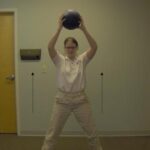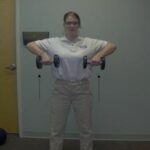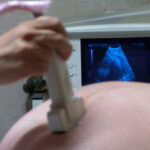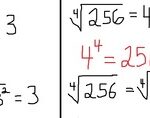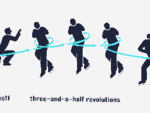What is traction?
Traction is the use of a mechanical device, gravity or position to relieve pressure on a vertebral structure or nerve root. Traction can be as simple as laying in a certain position at home or as complicated as having to go into a clinic and be hooked up to a traction machine. Any device that states it is unloading, decompressing, or performing traction is a traction type device.
Indications for use of traction.
Traction may be used for many different applications. The most commonly used applications for ultrasound include: lengthening tight muscles, tendons, ligaments in the spine; unload compressed nerve roots or pinched nerves; unload pressure from irritated discs; and reduce pressure on all lumbar structures.
Rationale for use of traction.
Traction has an effect of reducing pressure on any vertebral structure and increasing range of motion or movement. This effect allows for increased blood flow to the area being treated and will allow for increased healing. As pressure is relieved off of the vertebral structures; there is increased motion with decreased symptoms. Traction is one of the few mechanical ways to decrease pressure on a vertebral structure without the use of surgery.
Care must be used when traction is performed to make sure a person is getting the correct duration and intensity during the treatment. Too long of a treatment or too much force can cause increased pain, increased inflammation, and decreased range of motion. Most traction treatments are started with a shorter time and decreased force. As a person improves the time and duration are increased as tolerated. Protocols do exist for the proper use of traction and how to progress a person.
How is traction used?
Traction is used by a physical therapist in conjunction with a complete treatment program. The physical therapist will position a patient in an appropriate position and perform the treatment to the affected area for an appropriate amount of time and at an appropriate intensity or pull. The settings will be based on what the therapist is trying to achieve with the treatment and the area being treated. A specialized belt, strap or harness may be used to assist in the providing the appropriate intensity at the desired level. A normal treatment time will be between 8 and 20 minutes depending on the area being treated and desired effect of the treatment.
Benefits of traction.
Traction allows for increased range of motion with increased tissue elasticity. With the increased elasticity and improved blood flow, a person will have decreased symptoms while being able to move more. Traction will also decrease pressure on vertebral structures and will cause an unloading effect on spinal nerves and discs. This unloading will decrease symptoms and pain caused by the pinching of nerves and will decrease pressure on the disc.
Expected outcomes with the use of traction.
A person can expect to have a short-term increase in range of motion and a short-term decrease in pain. When traction is used by itself, it has only been shown to have short-term relief, but when combined with other physical therapy treatment procedures, these short-term changes can have long-term changes with increased range of motion, increased mobility, and decreased pain. There are not a set number of treatments that can be performed with traction, and as long as a person is seeing benefit, the traction can continue to be performed. Most people will experience some type of benefit within six treatments of traction and other combined treatment procedures. If a person needs a long-term treatment with traction, a home traction unit can be rented or purchased for a person to use at home.
